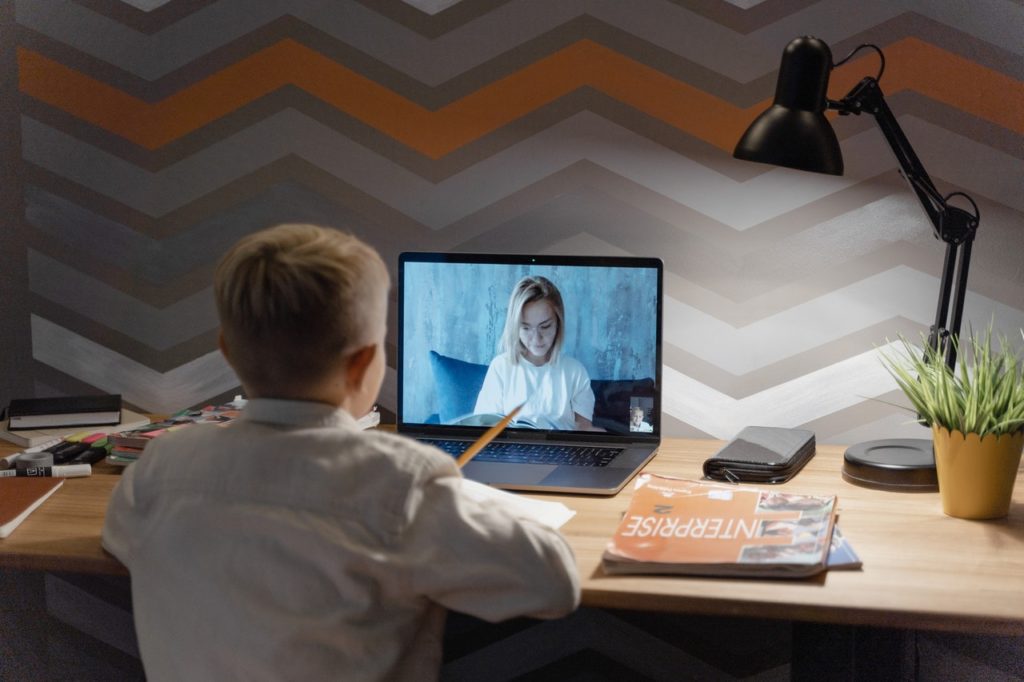Home schooling is most effective when it is done in an environment that is conducive to learning, which, in most cases, takes the form of a classroom. But while students are taking English PSLE in Singapore while COVID is still a threat, how can parents create a learning environment that will inspire their children to learn and stay focused on their studies despite the unusual set-up of online learning?
Here are several tips on how to create a “classroom” at home for your young learner:
Isolate a space dedicated to learning
As adults, we tend to be more productive when we work in a space that we associate with work. It’s the same for kids, who have higher levels of focus when they are in an area that they associate with school. Hence, instead of letting them take home classes in the living room, the kitchen, or an area in the house that is not associated with learning, set up a space for them that is dedicated to schoolwork, such as in the home office.
It is also not recommended to set up a learning space in their bedroom, since bedrooms are a place for rest and play. Having your child learn in an area that they can associate with school only will keep their school and personal lives separate, which can help reduce anxiety and stress levels as well as maintain concentration.
Make it look like a traditional classroom
Some children learn better if they study in an area that mimics the traditional classroom environment. If your child wants to have their own “mini classroom” at home, get some things that can make their study space look like a traditional classroom, such as high-quality tote trays for school, mini blackboards, educational posters, and display boards. Don’t forget to get your child’s input, too. Better yet, let them pick what they want to decorate their space with.

…or not
One of the advantages of an home schooling is that your child gets to learn in a non-traditional environment. You can use that freedom to create a learning environment wherein your child will feel inspired to study. Unlike a traditional classroom, you can use bean bags, playmats, standing desks, and other things that will help your child retain focus. If they feel restless, which is common with online learning, the feeling of not being in a traditional classroom can help them regain concentration.
Establish a routine
Children thrive from routine, but with online school, the routine that they’ve grown so used to at school is no longer the same. Help them ease into the new routine by creating a written schedule. When they can see what to expect next, they will feel comfortable with the predictability and are likely to be less restless. It also helps to incorporate regular activities during breaks so that they can get off the computer, such as exercises, snacks, and games.
Minimize distractions
The number one challenge of home schooling is the distractions present at home. There are many things that can distract your young learner from classes, such as neighborhood noise, other family members, toys, the TV, and phones. And sometimes, it only takes one distraction to ruin their entire focus for the rest of the class.
To prevent distractions from getting in the way of your child’s learning, learn how you can minimize them as much as possible. This can include shutting off noise-making electronics, telling other family members to be quiet, and letting out the dog while your child is in class.
Creating an environment that is conducive to learning is the best way to help your child succeed in an online school. While the current set-up of distance learning is not ideal for everyone, making these small adjustments can result in a big impact on your child’s comfort, ability to focus, and willingness to learn despite being in a non-traditional “classroom.”

